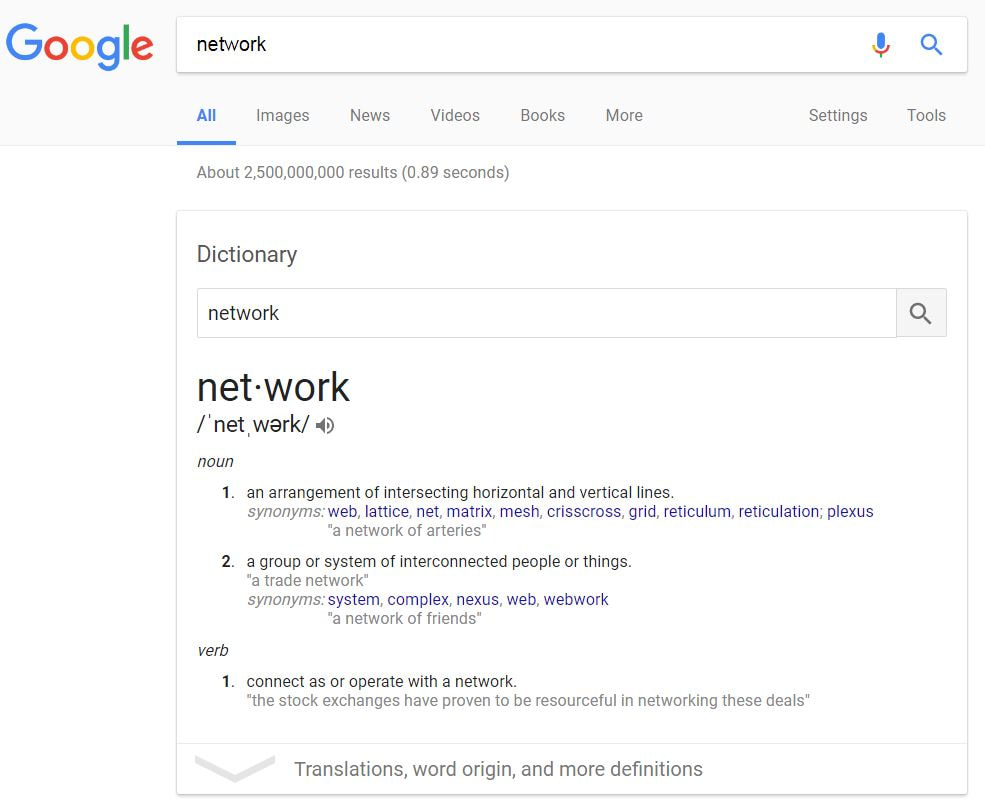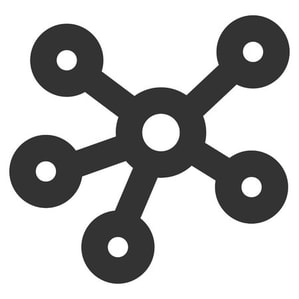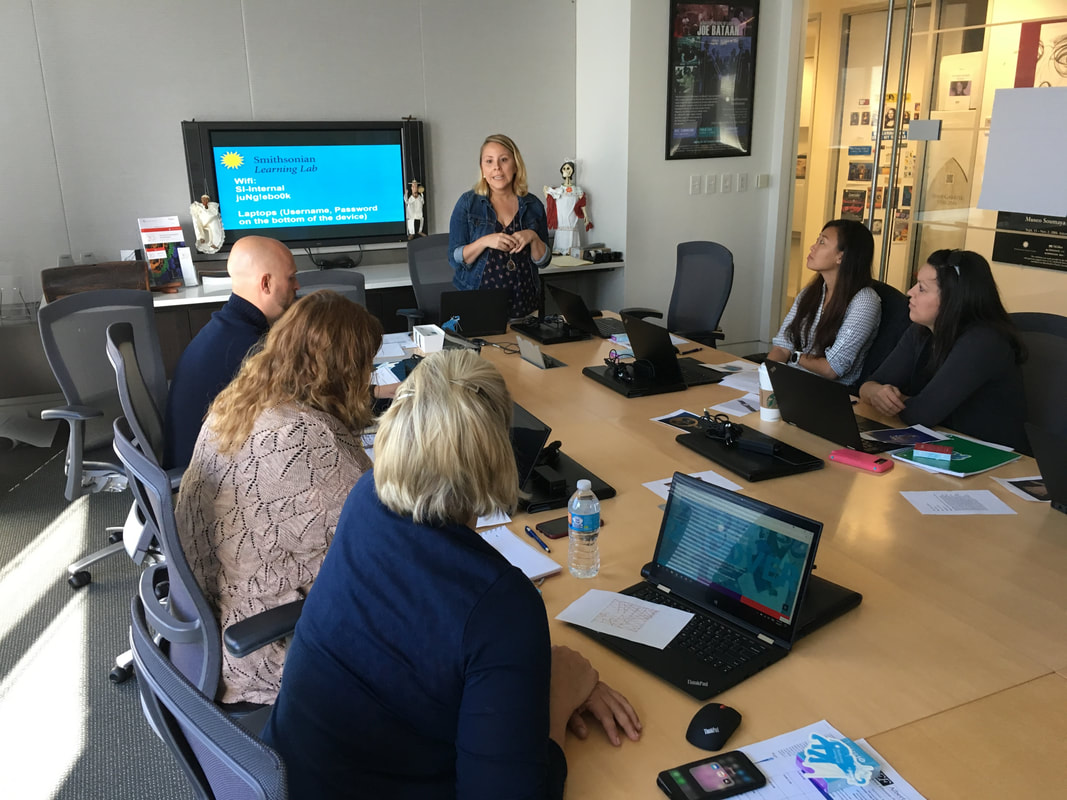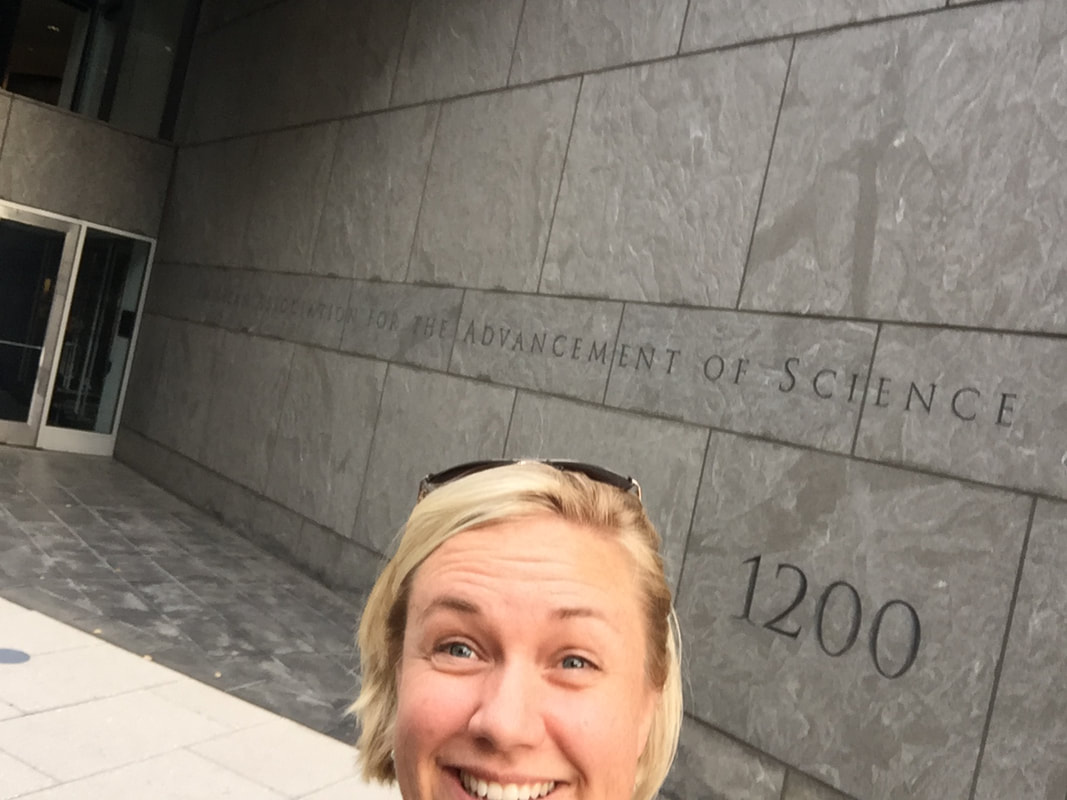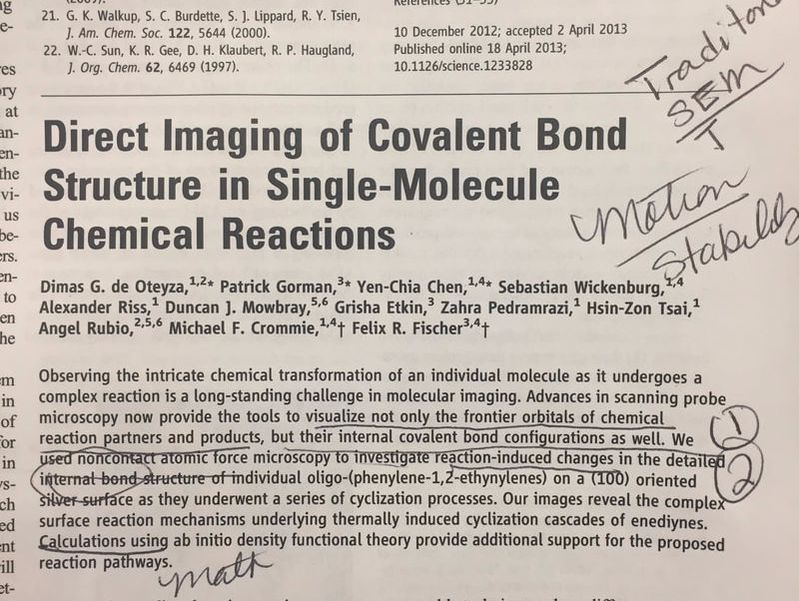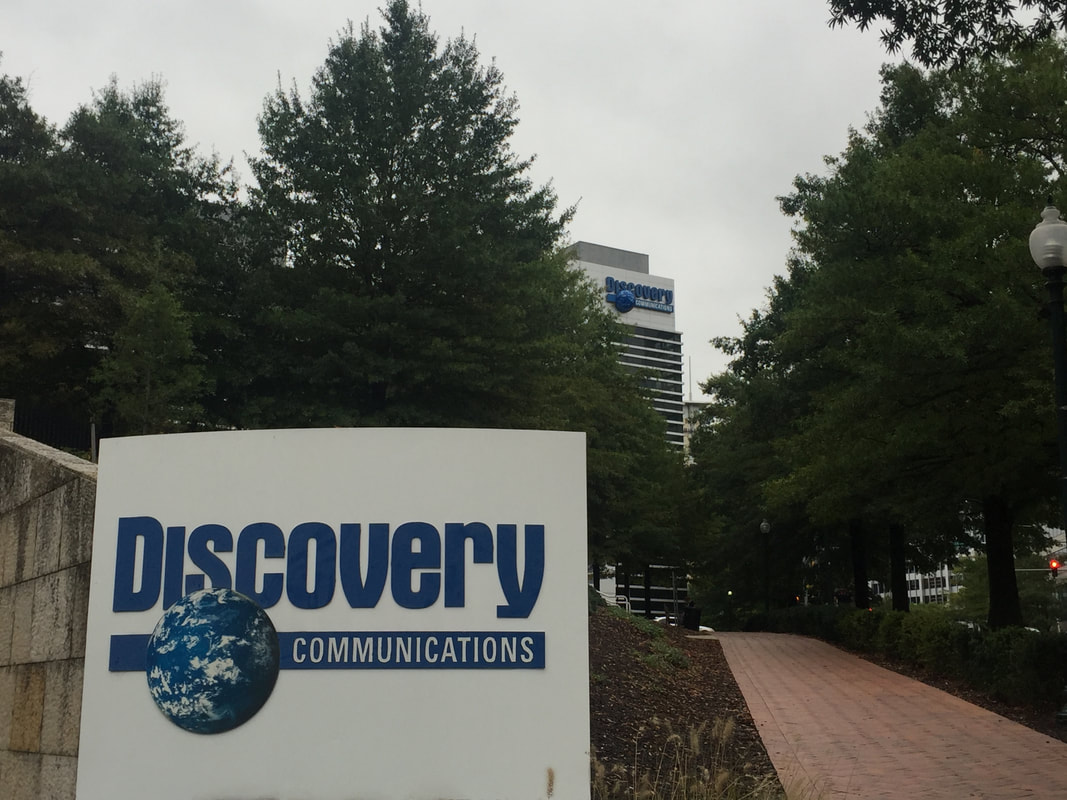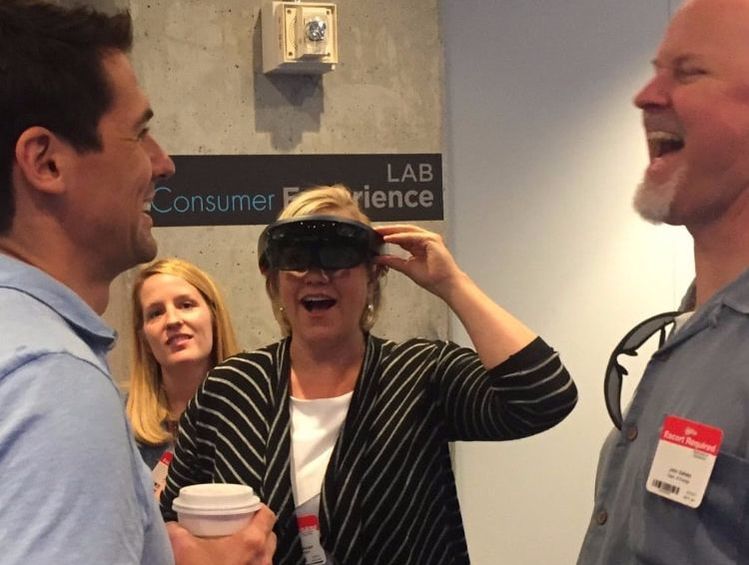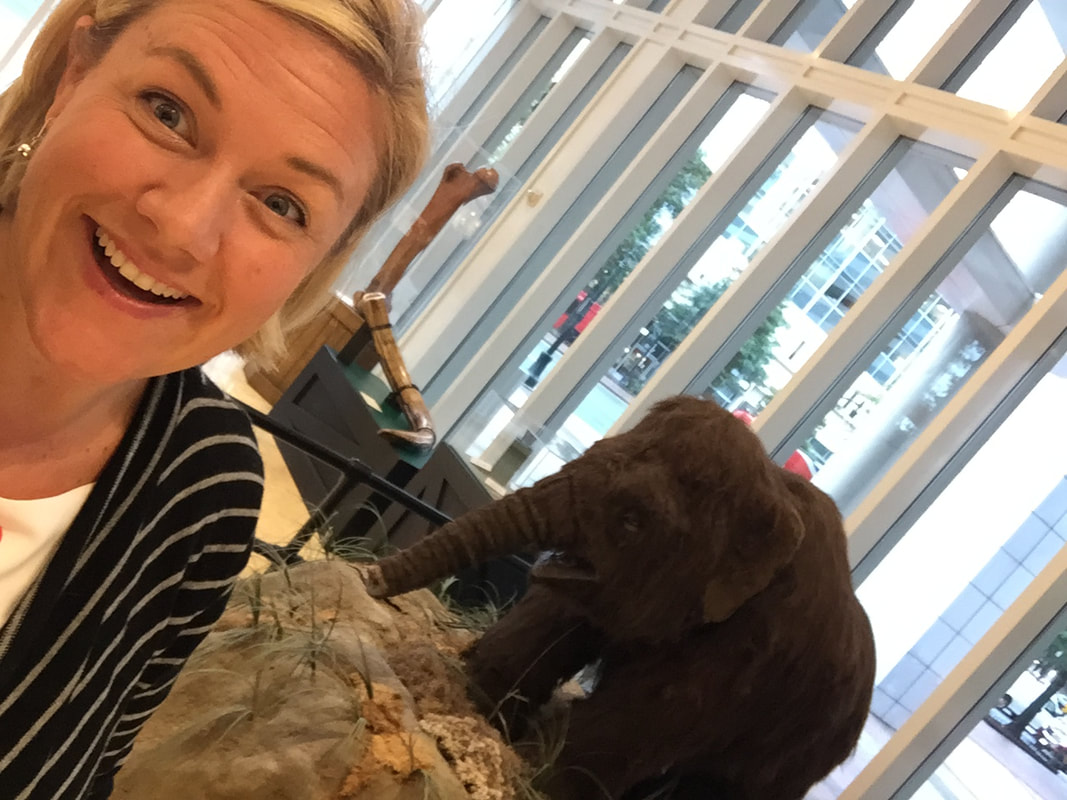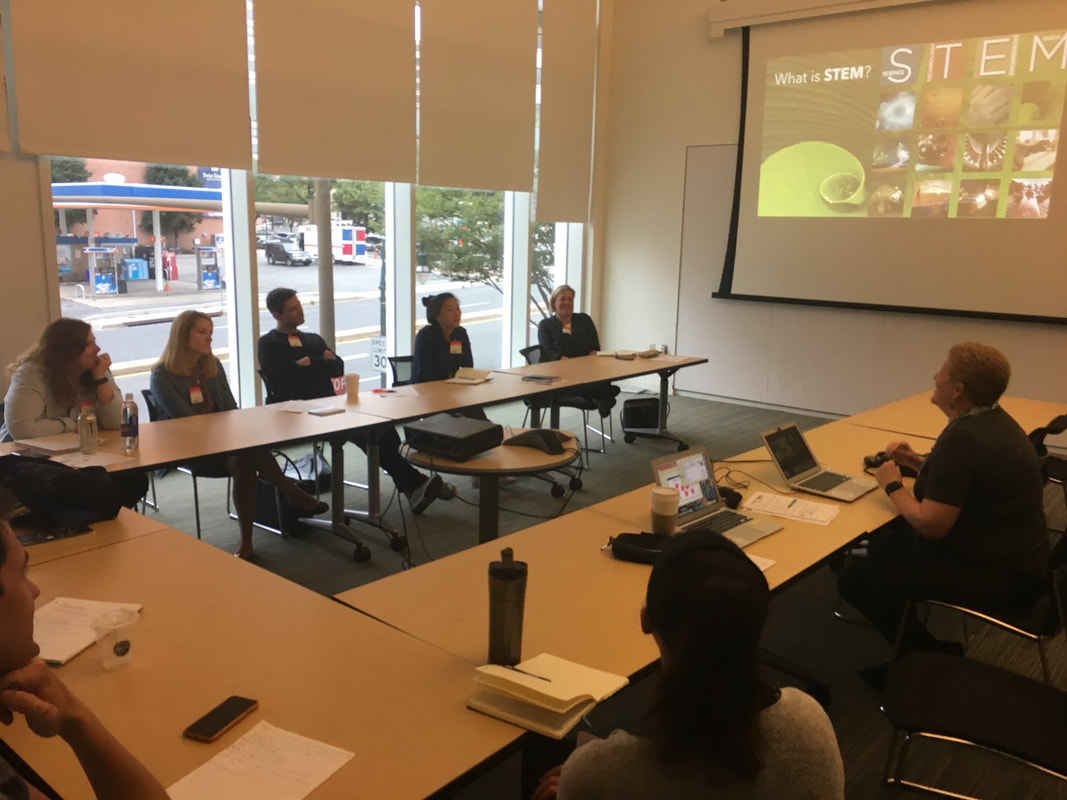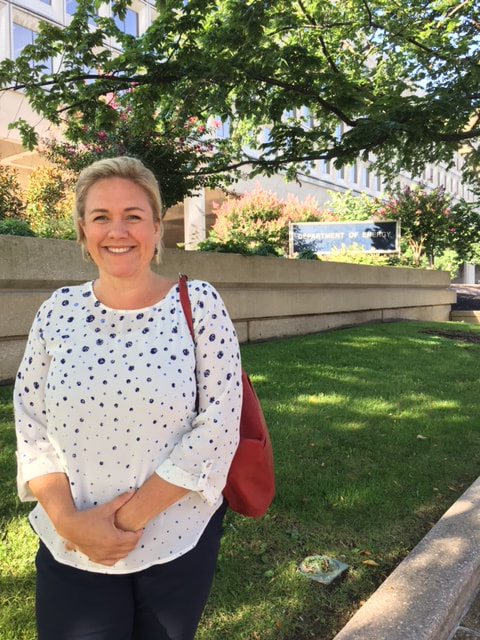|
I went to Google and searched up "network" and was most drawn to the definition of a network as "a group or system of interconnected people or things." I've written about the theme of "building a network" in a previous post and yesterday the Einstein Fellows met again as a group to add to our growing networks.
I am happy to have had the opportunity to add three additional organizations to my network. As an Einstein Fellow, I've had the opportunity to explore Smithsonian Learning Lab, AAAS Science in the Classroom and Discovery Education. The Smithsonian Learning Lab is a powerful platform for teachers to access more than a million digital resources from the Smithsonian collections. During our Fellowship orientation, we had the opportunity to explore the resources and curate our own collections. I built a collection to represent the Nature of Science learning statements in Topic 1 of the IB Biology curriculum. I found the platform to be user friendly and engaging and look forward to a deeper delve into the resources. AAAS Science in the Classroom curates primary research Science papers and makes them available for students. The articles can be viewed through different "Learning Lens" which facilitate the learning of the Nature of Science. Articles can be searched by keyword or found in thematic collections. It was a pleasure to spend a day learning about the resources, their alignment to the Next Generation Science Standards and chatting with other educators about classroom implementation of the resources. I will definitely be utilizing the SitC resources when I return to classroom teaching next year. Yesterday the Einstein Fellows had the opportunity to visit the Discovery Communications headquarters to learn about the STEM philosophy held by Discovery Education. Beyond Science, Technology, Engineering and Math, Discovery views STEM as a cultural attitude of "Student and Teachers Energizing Minds." As part of the #1 nonfiction media company in the world, Discovery Education is able to harness their vast collection of resources and connections to subject matter experts to offer streaming media, "techbooks", professional development, virtual field trips and so much more. I was motivated by the presenters (@stemboss and @STEMigo), especially their message of using stories to connect to students and teach content. I have always been a conscious story teller in my classes (even if sometimes students think we're going on a tangent...) as a way to build relevancy and interest about what I'm teaching. I'm intrigued with the idea of harnessing my own story as a way to grow my voice and expand influence within my networks.
|
Archives
July 2018
|
I give many of my IB Biology resources away, for the benefit of students and teachers around the world.
If you've found the materials helpful, please consider making a contribution of any amount
to this Earthwatch Expedition Fund.
Did I forget something? Know of a mistake? Have a suggestion? Let me know by emailing me here.
Before using any of the files available on this site,
please familiarize yourself with the Creative Commons Attribution License.
It prohibits the use of any material on this site for commercial purposes of any kind.
If you've found the materials helpful, please consider making a contribution of any amount
to this Earthwatch Expedition Fund.
Did I forget something? Know of a mistake? Have a suggestion? Let me know by emailing me here.
Before using any of the files available on this site,
please familiarize yourself with the Creative Commons Attribution License.
It prohibits the use of any material on this site for commercial purposes of any kind.
